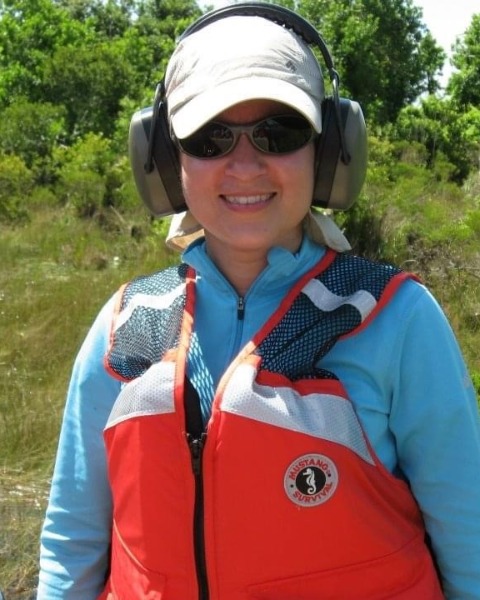P-IE
10-Minute Paper
10-min: P-IE, Biocontrol
Establishment of Lygodium microphyllum biological control agents: Population dynamics and bottom-up effects
On-Demand

Aaron S. David
USDA-ARS
Davie, Florida- AC
Andrea Carmona Cortes
USDA-ARS Invasive Plant Research Laboratory
Fort Lauderdale, Florida 
Ellen Lake
USDA-ARS
Davie, Florida
Presenting Author(s)
Co-Author(s)
Old World climbing fern (Lygodium microphyllum) is a noxious invasive vine that has established in a suite of habitats throughout Florida. The plant forms dense mats that smother native vegetation, alter fire behavior, and can climb into the tree canopy, killing mature trees. To help manage L. microphyllum infestations, two biological control agents have been released and are established in Florida: the moth Neomusotima conspurcatalis (Lepidoptera: Crambidae) and the mite Floracarus perrepae (Acariformes: Eriophyidae). Our recent research has focused on agent establishment, in particular (1) monitoring the population dynamics of the agents in the field, and (2) determining the role of bottom-up effects such as nutrient availability and inundation affect agent establishment. A 2-year monitoring study shows that N. conspurcatalis population dynamics vary widely by site, while F. perrepae dynamics are relatively synchronized across sites. Furthermore, establishment of the F. perrepae mite improves when the L. microphyllum is healthy, as high fertilization and low inundation tend to promote mite establishment. Overall, the establishment of the two biological control agents is encouraging and supports their continued use as an important component of L. microphyllum management.

